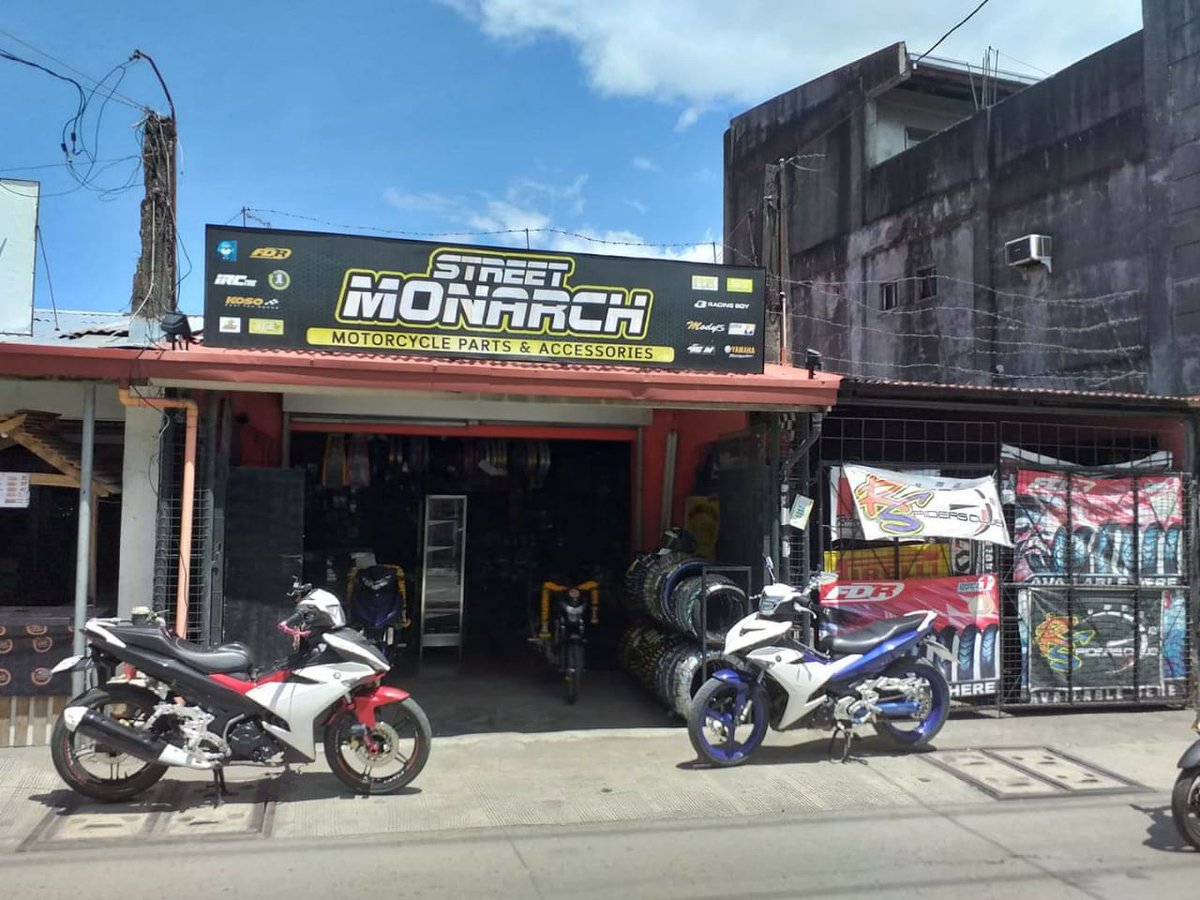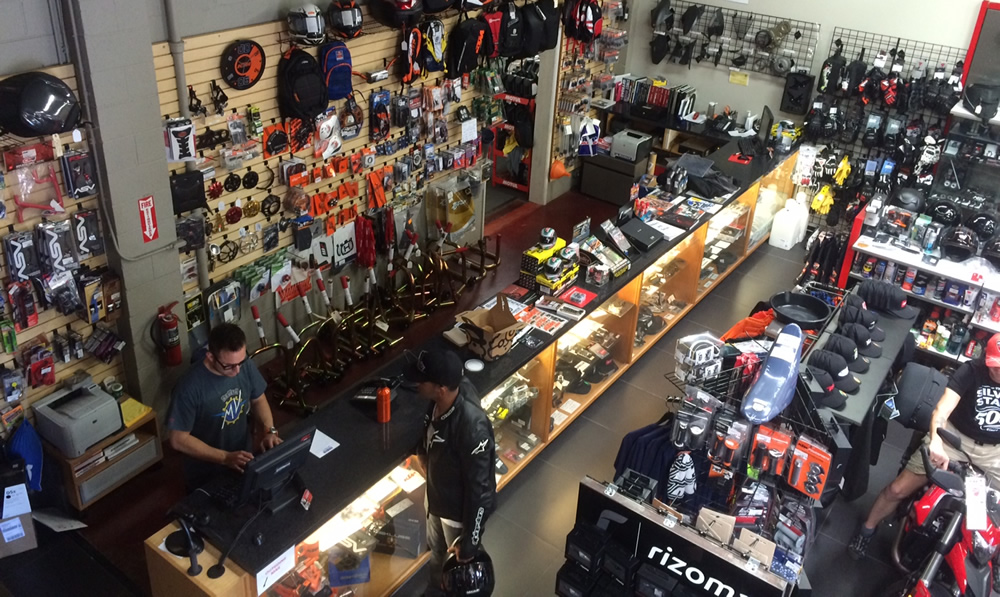Must-Have Motocross Gear: Boost Your Riding Experience Today
Must-Have Motocross Gear: Boost Your Riding Experience Today
Blog Article
Understanding the Vital Parts of a Motorcycle: A Comprehensive Guide for Enthusiasts
For bike enthusiasts looking to elevate their riding experience and guarantee their bikes run smoothly, understanding the crucial parts of a bike is vital. Each aspect, from the engine's detailed operations to the important duty of the stopping systems, not only affects performance but additionally safety and convenience.
Engine Parts

The camshaft plays an essential function in regulating the timing of the engine's shutoffs, guaranteeing the precise opening and closing required for reliable gas and air intake, as well as exhaust expulsion. This timing is critical to preserving ideal engine performance and efficiency. In addition, the carburetor or fuel injection system, relying on the motorbike version, is in charge of blending air with gas in the proper ratio for burning.
The cooling system, either air or liquid-based, works to keep the engine's temperature within operational restrictions, preventing overheating and making sure long life - motocross gear. Each element, thoroughly designed and integrated, adds to the seamless operation of the engine, specifying the motorcycle's power result and overall performance
Transmission System
Essential to the motorcycle's functionality, the transmission system makes certain effective power transfer from the engine to the wheels. This system consists of numerous essential parts, consisting of the clutch, gearbox, and final drive, each playing a vital duty in translating the engine's power into activity. The clutch, usually run by a hand lever, serves to involve and disengage the engine from the transmission, enabling smooth equipment modifications and regulated velocity.
The gearbox, commonly described as the transmission proper, consists of a collection of gears that motorcyclists can manually change through to readjust the bike's rate and torque result. These equipments are set up in a sequence that enables the bike to increase smoothly and maintain optimal engine performance across numerous rates. Most motorbikes use a sequential transmission, requiring the rider to move gears in an established order.
Braking Devices
While understanding the transmission system is key to utilizing a motorbike's power, just as crucial is the capacity to control and quit that power efficiently, which is where braking mechanisms enter into play. Brakes are essential for safety and security and efficiency, supplying the rider with the required control to navigate numerous surfaces and conditions. Generally, motorbikes include two sorts of stopping systems: disc brakes and drum brakes.
Disc brakes are extra common in modern-day bikes because of their premium performance. They include a brake disc, caliper, and pads. When triggered, the caliper presses the brake pads versus the rotating disc, transforming kinetic energy right into heat, thereby slowing the wheel. This system offers better warmth dissipation, regular efficiency, and boosted quiting power, particularly in wet conditions.
Alternatively, drum brakes, though much less usual, are still located in some motorcycles. They function by pressing brake footwear against the internal surface of a drum connected to the wheel. While normally much less efficient in warmth dissipation and stopping power, drum brakes are simpler and a lot more economical.
Understanding these braking systems' nuances permits bikers to preserve their bikes effectively and appreciate the design that makes certain reliable and secure quiting.
Suspension and Steering
Suspension and guiding systems are crucial parts that significantly influence a bike's handling and experience comfort. The suspension system, containing forks at the front and shock absorbers at the rear, absorbs roadway abnormalities, boosting stability and control. Front forks, inverted or generally telescopic, compress and rebound to mitigate influences, while rear shock absorbers maintain tire contact with the roadway, crucial for traction and security.
Steering, focused around the handlebars, attaches the rider to the bike's directional control. The guiding head bearings make certain smooth operation, enabling exact ability to move. Appropriate placement and upkeep of these bearings are vital for foreseeable steering feedback and lowering biker fatigue.
The suspension's adjustability is one more critical aspect; preload, damping, and rebound settings permit modification to fit various riding styles and problems. This versatility is essential for enhancing performance, whether browsing metropolitan streets or tackling rugged trails. Technologies like electronic suspension systems use real-time changes, boosting trip high quality across diverse surfaces.

Electrical Equipments
After making certain a smooth and controlled experience via efficient suspension and steering systems, focus transforms to the electrical systems, a crucial facet of modern motorbikes. blue motorcycle boots These systems play a crucial duty not just in beginning the engine however additionally in powering different components that improve the capability and security of the motorcycle.
At the heart of a motorbike's electric system is the battery, which stores electrical power needed for beginning the engine and powering supporting systems - motorcycle parts nz. The generator or generator, combined with the rectifier-regulator, makes sure the battery continues to be charged while the motorcycle functions, converting power into electrical energy and preserving voltage degrees
The ignition system, one more vital component, is accountable for stiring up the air-fuel blend in the engine's cyndrical tubes. Modern motorbikes often make use of an electronic ignition system, using higher effectiveness and integrity compared to traditional systems.
Illumination systems, including headlights, tail lights, and indicators, are also crucial, guaranteeing exposure and safety for the cyclist. Extra electronic parts such as sensors, control devices, and shows contribute to advanced attributes like fuel shot administration, anti-lock braking systems (ABDOMINAL MUSCLE), and electronic control panels, additionally enhancing the riding experience.
Verdict
An extensive understanding of a bike's important elements, including the engine, transmission system, stopping systems, suspension, steering, and electrical systems, is crucial for lovers aiming to optimize comfort, performance, and security. Mastery of these components enables informed choices concerning maintenance and upgrades, ultimately enhancing the riding experience. By integrating this knowledge, motorcyclists can ensure their additional hints motorbikes run at peak performance and dependability, thus optimizing both pleasure and durability of their cars.
For motorcycle enthusiasts looking to raise their riding experience and ensure their bikes run efficiently, understanding the important parts of a motorbike is vital.Essential to the motorcycle's performance, the transmission system guarantees effective power transfer from the engine to the wheels.While recognizing the transmission system is crucial to utilizing a bike's power, similarly essential is the ability to control and stop that power properly, which is where stopping mechanisms come right into play. Generally, bikes feature 2 types of stopping systems: disc brakes and drum brakes.
A complete understanding of a motorbike's important Home Page elements, including the engine, transmission system, stopping devices, suspension, steering, and electric systems, is indispensable for fanatics aiming to enhance efficiency, security, and comfort.
Report this page